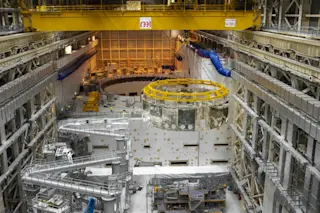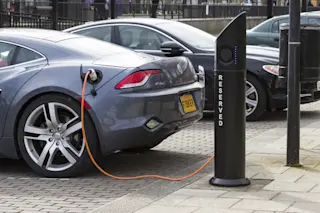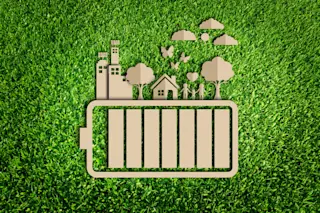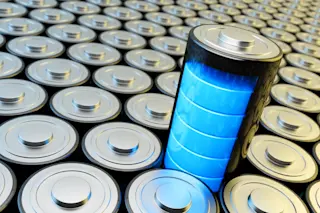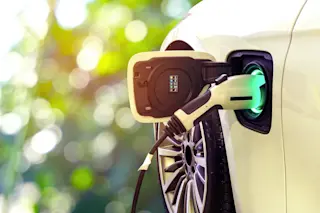Stephen Mayfield of the University of California, San Diego has genetically engineered algae to make biofuels. | Erik Jepsen/UC San Diego Publications
In 2009, a Boeing 737 powered partly by algae took off from Houston and circled over the Gulf of Mexico. The 90-minute test flight was a success, bolstering hopes that algae biofuels, which emit much less carbon than standard gasoline and diesel, could soon power everything from jets to cars. But scientists have struggled to find a way to produce and process algae cheaply enough to compete with petroleum fuel. Now, thanks to advances in genetic engineering, filling up your car with algae-derived biofuel is a step closer to reality.
The simplest way to make biofuel from algae is to essentially wring out the natural oils and refine them, much like petroleum. Genetic engineering can make this process more efficient. For example, scientists with the Scripps Institution of ...



